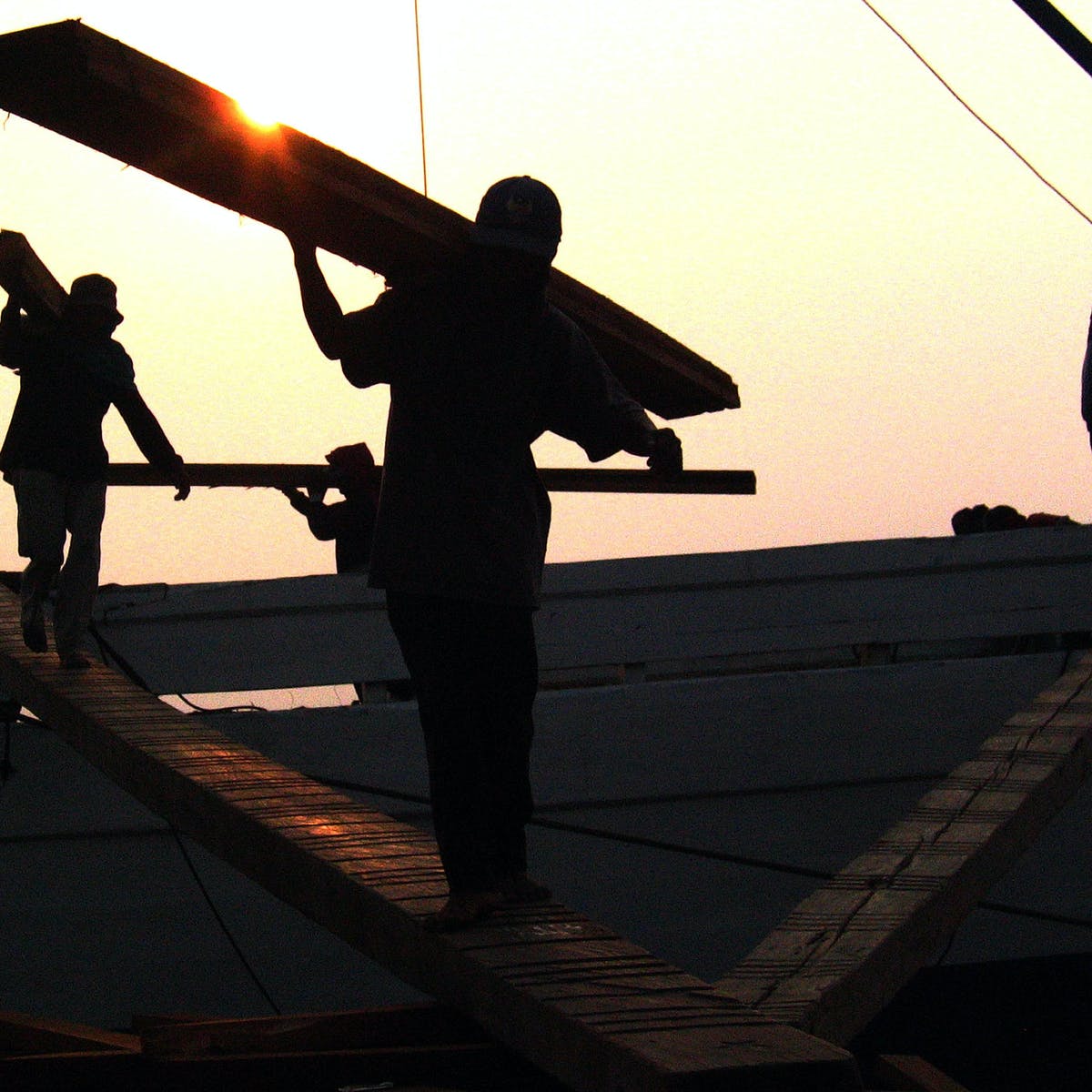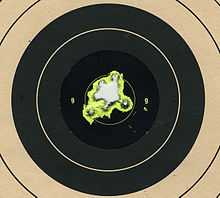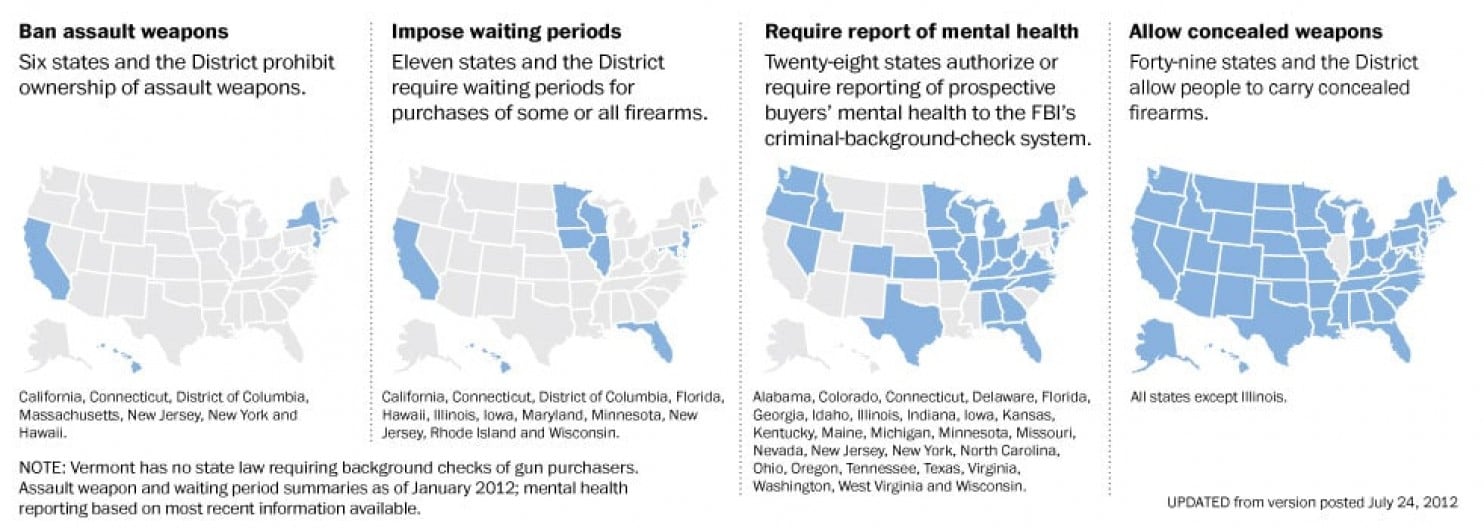
Todd Bender enjoys many different interests. He is a Board-certified nurse practitioner and a skeet shooter, so he is an expert in birds of prey. These fascinating creatures are the subject of many books that he has collected. He focuses on hunting scenes but his paintings often depict birds in the wild. His wildlife art can also be found in museums.
skeet shooter
This article will tell you more about Todd Bender's life and career as a skeet shooter. For three decades, he was a leading competitor and coach. He won the National Collegiate Shooting Championships three times from 1979 to 1980 and was a part of the U.S. teams at the World Championships in 1981 and 1979. Bender was born in California and began shooting at age 11. Bender attended Trinity University in San Antonio (Texas) and moved to Louisiana between 1982-96.

Board-certified nurse practitioner
Todd Bender joined the Dr. B. Abraham P.C. as a board-certified nurse practitioner. South University granted him an Advanced Practice Nursing degree. His medical interests include hypertension, COPD, cardiovascular disease, asthma, and hypertension. He holds a Bachelor of Science in Nursing degree from Georgia State University. There, he also studied Psychology and Computer Information Systems. Bender worked as a nurse in Grady Hospital's emergency room and also managed a twenty bed observation unit. Todd Bender has been a member of American Association of Nurse Practitioners.
World champion in clay target shooting
If you're not familiar with the art of shooting clay targets, then you should check out Todd Bender's website. His website offers advice and fundamentals for individual and clay target games. Bender is known for his amazing achievements and also has shelves full of books about birds. Here are some tips from Bender. They are guaranteed to make your clay target shoot experience more enjoyable.
BOMA Member
American skeet shot Todd Bender. He attended Trinity University from 1979 to 1982, graduating with a B.S. in business administration. Bender earned three consecutive National Collegiate Shooting Championship titles while at Trinity and was then selected to compete for the World Championships 1979 and 1981. He was instructed at Trinity by Tom Hanzel as a shooting coach.

Member of IREM
Todd Bender is a member IREM and an American Skeet Shooter. From 1979 to 1982, he attended Trinity University and received a B.S. He graduated with a B.S. in business administration. During this time, Todd won three consecutive National Collegiate Shooting Championships. He also represented the United States at the World Championships in 1979 and 1981. Bender received shooting instruction from "Colonel" Tom Hanzel.
FAQ
What are the many benefits of hunting?
Hunting is a long-standing tradition that has been practiced in many cultures. It was used for food, clothing, shelter, tools, medicine, and other purposes. In modern times, people still hunt for sport, but also for food and recreation. The meat of hunted animals is typically eaten within minutes after they are killed, while skin, hair, feathers, bones and antlers can be sold as trophies.
Hunting is not just a way to eat; it's a way to live.
Hunting is a sport that builds strong bonds between family members and friends. They share their stories and memories over meals and around campfires.
Hunters love nature and wildlife which allows them to appreciate life on Earth.
When they take care of wild animals, they learn respect and responsibility.
Conservation is a way for hunters to become better citizens. They are responsible for protecting habitats and species. They are able to understand the amount of land and water that is necessary for survival.
Hunters are part of a community. Their families depend upon them. They are there for each other. They support local businesses.
Hunters are known for their generosity. Many Hunters donate money to support children, seniors, veterans, or other groups.
Hunters can also volunteer their time to help those in need. For example, they could work with the Humane Society of the Red Cross.
Why does the U.S. Department of Agriculture (USDA) estimate that only about 1 percent of hunters kill a deer every year?
USDA estimates that 6.5 Million Americans hunt deer. Only 2.2 million of these people actually shoot deer.
This means that only about 0.6 percent of all hunters kill a deer each year.
How many Americans depend on hunting?
More than 300 million hunters live in the United States. This means that there are almost twice as many hunters in America than people who live in New York City.
Hunting is a American pastime that has existed for hundreds of years. Today, Americans hunt for sport less than ever. According to U.S. According to the Fish & Wildlife Service, only 2 percent hunt regularly. Even lower is the number of young adults who hunt regularly.
But while hunting may seem like a relic of another time, it remains popular among older generations. A recent survey found that 68 percent of baby boomers plan to hunt again when they retire. Hunting is an opportunity to reconnect with nature and experience the outdoors.
For younger generations, however, hunting isn't necessarily a priority. According to the National Shooting Sports Foundation 18% of millennials are avid shooters.
FWS is determined to keep America's wild spaces open to everyone.
In 2014, the agency started the "Wild Lands” initiative to raise awareness about the importance of public lands. Its goal is to raise awareness about the importance these areas have and to encourage people to go to them.
Conservation efforts are encouraged by the Wild Lands program. FWS and National Rifle Association collaborated to create Project Gunter a youth shooters program. This program teaches kids how to safely handle firearms and helps them develop skills such as marksmanship and safety.
Project Gunter is now expanding to include women and minorities. As a result, more children are learning how to shoot guns and become active participants in wildlife conservation.
What types of guns are legal to use?
There are many different types of weapons you can use while hunting.
Hunters usually use rifles or shotguns or handguns as well muzzle-loading firearms.
Rifles are made to fire bullets over long distances. Shotguns can be loaded with pellets. Handguns are designed to fire bullets through the hand. Muzzle-loading firearms can be used in the same way as modern pistols.
Crossbows allow you to shoot arrows. Archery weapons are also known as bowhunters.
You need to be skilled in hunting with a crossbow. It is important to learn how the crossbow works and how to shoot it.
Statistics
- Indiana, for example, saw a 28% jump in turkey license sales during the first week of the season. (stacker.com)
- Thanks to the 1937 Pittman-Robertson Act, an 11% excise tax was placed on the sale of firearms, which were then used for conservation. (stacker.com)
- According to the Wildlife Restoration Act, passed in 1937, most of the state conservation efforts are funded through hunting and fishing license sales and firearms sales. (stacker.com)
- Less than 1% of Hawaii's population has a hunting license. (stacker.com)
External Links
How To
How to hunt wild hogs
Wild hogs are large animals found in North America, Africa, Asia, and Europe. Wild hogs are omnivores; they eat vegetation and small animals such as rabbits, mice, birds, insects, and fish. They usually feed at night. One piglet is born after the gestation period of approximately six months. Every two years, a sow gives birth. Wild hogs are often solitary but can live in groups known as herds.
Wild boars are 200 pounds (90 kilograms) in weight. Their head length is between 10 and 12 inches (25-30cm), while their body length is between 20 and 30 inches (50-60cm). Wild pigs are long-legged, have broad shoulders and short tails. Their skin is covered with a thick layer fat.
They have a very strong sense of smell, hearing, and sight. These senses allow them to spot danger and locate food. They can run upto 35 mph (56 km/h) at speeds of up to 14 mph and jump upto 15 feet (4 m) from a distance of just under 4 m. They are sharp-toothed and have sharp claws. They are aggressive when protecting themselves against predators.
Hunting wild hogs is difficult due to their intelligence, speed, and elusive nature. Hunting wild animals requires precision and careful stalking. The animal could escape if hunters are too quick to shoot. If hunters shoot too late, the animal may die before it reaches cover.
There are many ways to hunt wild hogs. Shooting is the most popular method. This requires hunters hunting to find the animal, then waiting until it comes within range. Another method is trapping. You can trap hogs by setting traps near water supplies. Traps often include a scent lure like corn meal mixed with peanut butter. When the trap is sprung, the hunter shoots the trapped pig.
Snaring is another option. Snaring is a method that uses a noose of rope to catch the pork. It works best if the pig is caught during its mating season.
Other methods include spearing, netting, and poisoning. Netting and spearing are methods of stopping pigs' breathing by placing a net around the neck or spearing them. Poisoning is done by injecting the pig with poison.
Hunters who wish to hunt wild hogs need to be prepared for the cold weather. In some areas, hunters wear snowshoes to keep warm. Hunting dogs may be used to track animals.